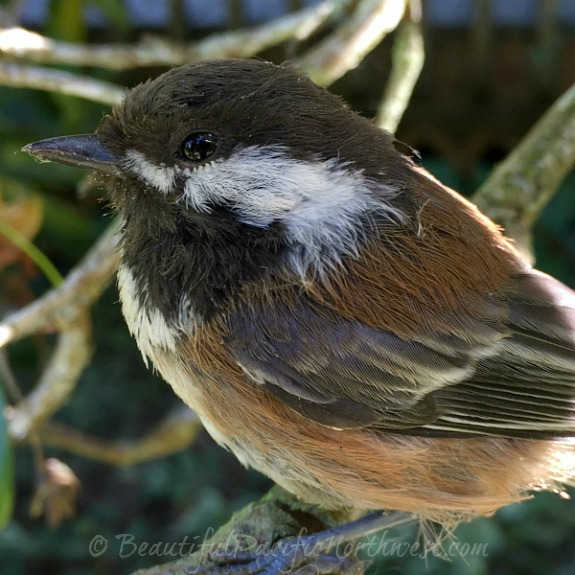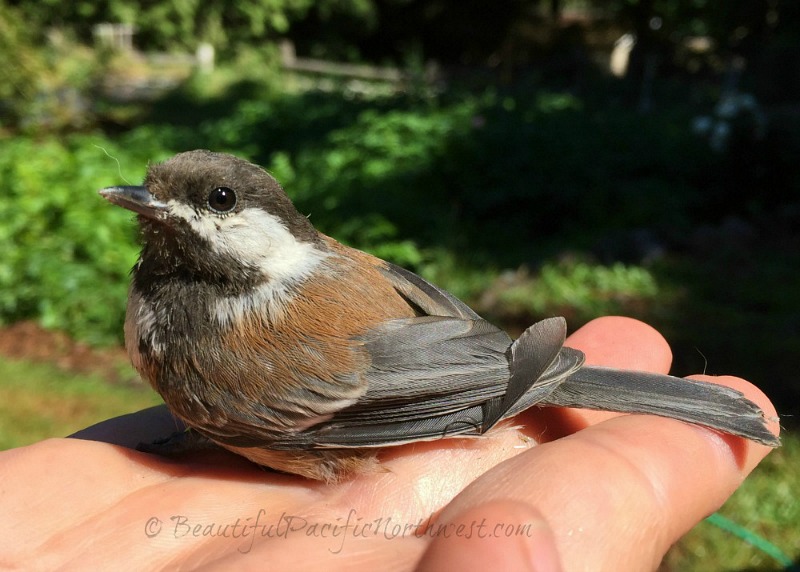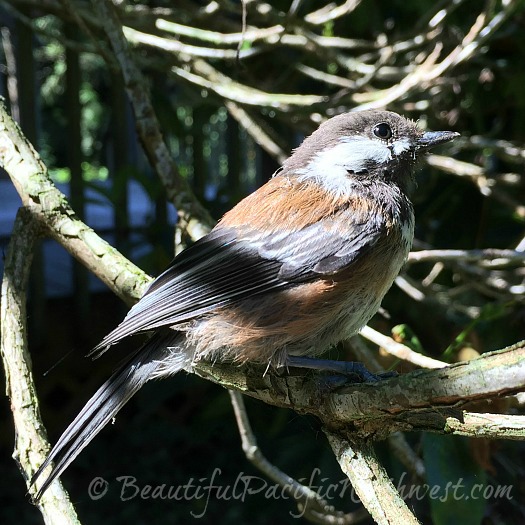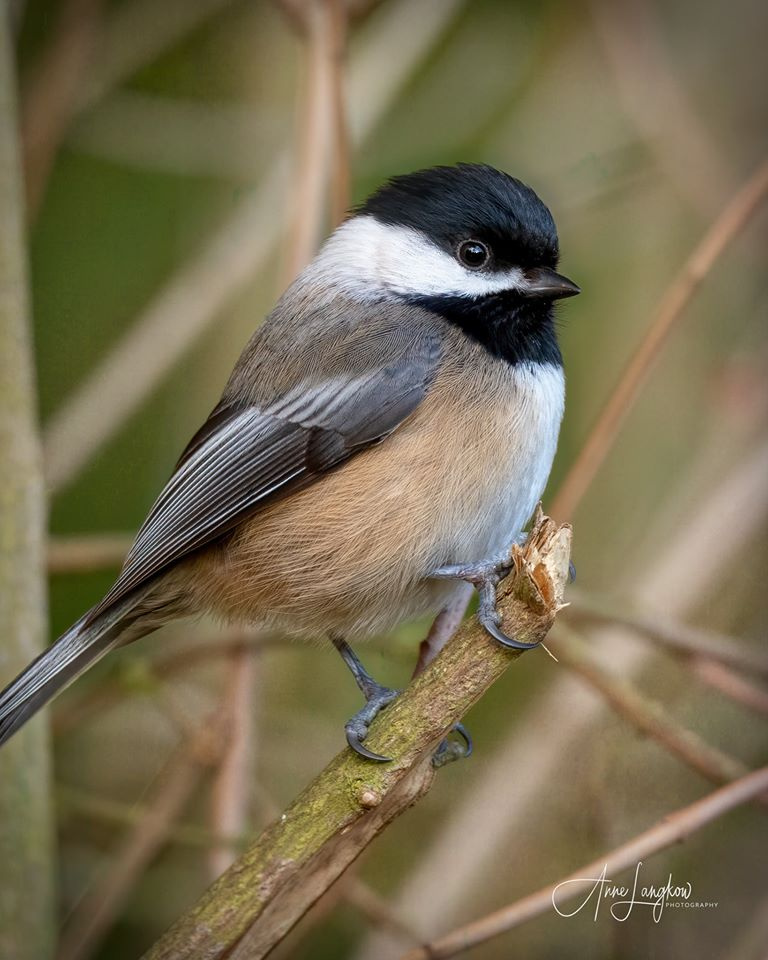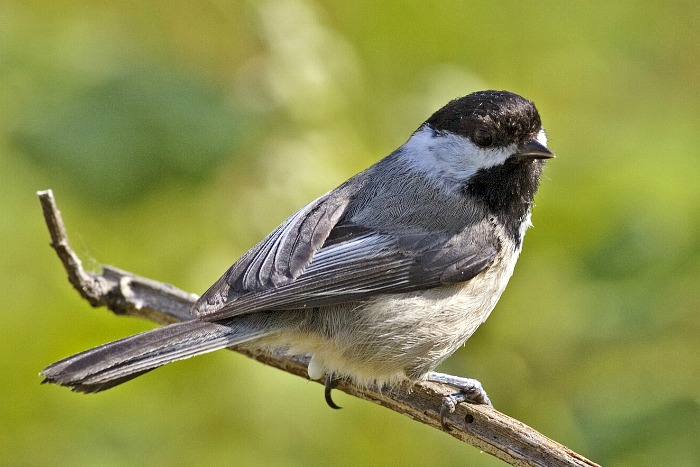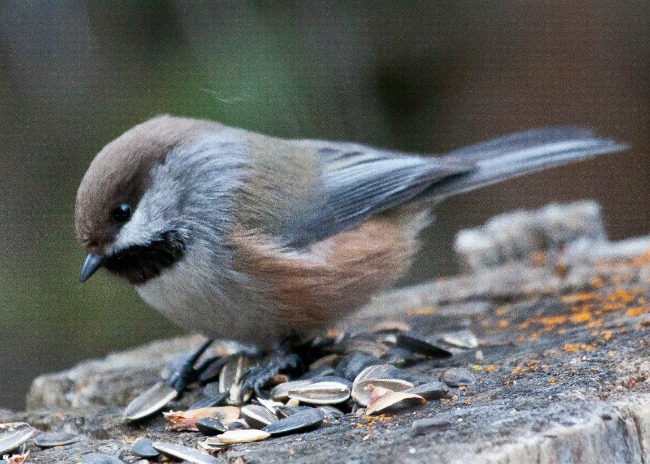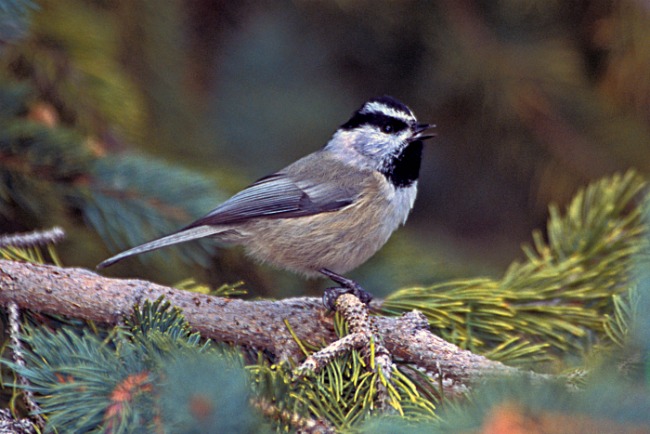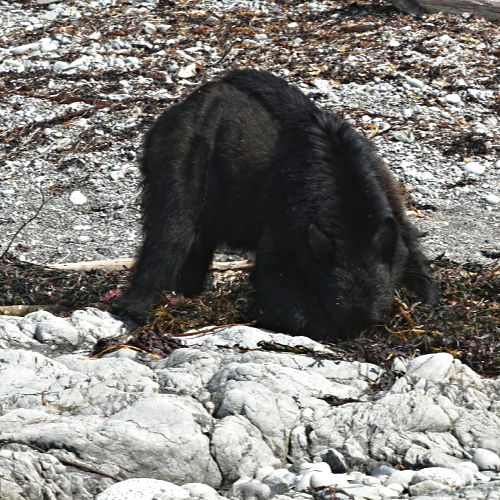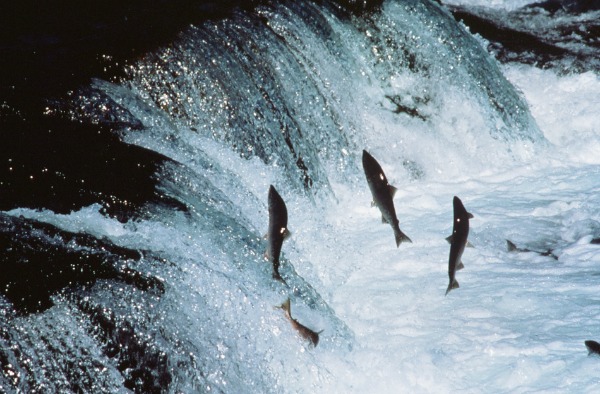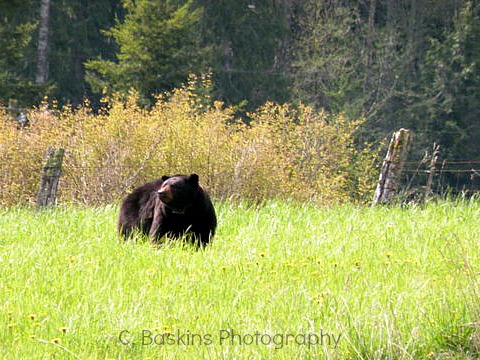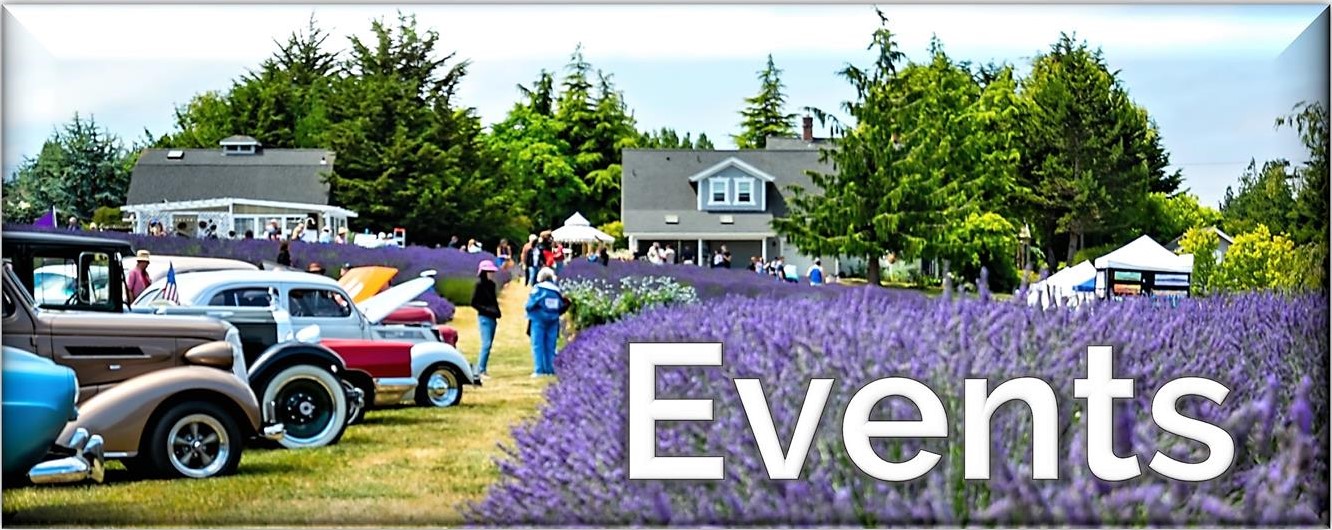Chestnut Backed Chickadee
Chestnut Backed Chickadee: Pictures, info and close-up photos, plus differences between it and black-capped chickadees, boreal and mountain chickadees.
Chickadees are described as "sparrow-sized," tiny birds, no more than 5.5 inches long from beak to tip of the tail.
The chestnut backed chickadee is the more colorful of the chickadees. The chestnut-colored flanks and back nicely accent the usual charcoal, white, and gray markings typical of this chickadee species.
Chestnut backed chickadees are found nearly exclusively along the Pacific coast, from Alaska south throughout the Pacific Northwest. I have watched them twit, flicker and chirp in the evergreen trees surrounding my home office near Port Angeles.
But they can also be seen inland to the west tip of Montana, and south along the coast into California, reaching possibly as far south as San Luis Obispo in the southern portion of the State.
A chickadee's collision with a window afforded me the opportunity to study and photograph the chestnut-backed chickadee.
I heard a loud thump on the office window just the other day, and so went to the door. A chickadee had smacked into the window and fallen to the ground. It had knocked itself silly by the collision, and its neck was contorted at impossible angles.
Picking it up gingerly, its beak was open in a silent cry and its dark eyes were unblinking as if in a trance. Of course I captured multiple photos.
After a few minutes the critter's body seemed to be recovering a bit. One claw gripped my finger. The crick in the bird's neck relaxed, and I felt more confident about its chances of eventual recovery.
Nevertheless, it remained in my hand in something like a trance for more than 10 minutes. I carefully cleaned debris and spider web silk from its face, feathers, and feet, as a cat circled my ankles.
In this condition it was easy to study the chickadee - head marked with its typical dark and white markings - a dark charcoal-gray head and neck with a white splash stretching from the beak, under the eye to the border of the neck and the back. It also had a hint of chestnut on the crown of its head, however without a close-up view and the correct lighting, the chestnut coloration on top of the head could be overshadowed by the dark charcoal color.
Well, I couldn't just stand there for hours with the little guy. I set the bird on a bare branch of a large rhododendron bush where the cat wouldn't get at it, while it gathered together its marbles and figured out how to rejoin its feathered buddies, wherever they were.
It gripped the branch with both feet and rested, with eyes closed even, still in a bit of a daze.
When I next touched it, it came to with a start, suddenly as alert as could be. It began to sing and to flit about. It jumped to a nearby branch, and before I knew it, the feller was off into the evergreens.
I was so happy for the chestnut backed chickadee's recovery, and for these chickadee pictures that I can now share with you.
You may see chestnut-backed chickadees no matter where you visit in the Olympic Peninsula... and especially in Port Angeles and throughout the Olympic Peninsula.
Chestnut Backed Chickadee Contrasts with Other Chickadee Species
How cool was it to later confirm the exact chickadee species with Cornell Labs' Merlin Bird Identifier App. Answer a few questions about size, location and color, and voila, their first species suggestion was "my bird," as they put it.
The chestnut-backed chickadee has several other "cousins."
If you're not sure what they look like, it might be easy to confuse the different species. Here are more chickadee pictures of these other species.
Black-capped Chickadee
As you enjoy your visit to Port Angeles, you might actually see another chickadee species - the black-capped chickadee.
The black-capped chickadee is truly black-headed, no wimpy charcoal here. As always on a chickadee, the typical but very prominent white head stripe contrasts sharply with the black. Its flanks are a creamy beige and the back is a medium-to-light gray.
Photo Credit: Anne Langkow Photography. Do click on the photo to view it large. Isn't that the cutest chickadee ever?
Visit her Facebook page to view or to purchase this photo or many other fine photographs.
Carolina chickadees look very similar to the black-capped chickadee. Instead of the creamy flanks of the black-capped chickadee, they are a taupe gray, and they have a different song and calls.
You won't find Carolina chickadees in the Pacific Northwest; look for them in the southeast USA, from New Jersey south, and from Nebraska east.
Photo Credit: Alan D. Wilson of NaturesPicsOnline.com, Wikimedia CC BY-SA 2.5
Boreal Chickadee
The name of the Boreal Chickadee is the giveaway for its habitat - the sub-arctic regions throughout most of Alaska and huge expanses of Canada.
Its flanks are chestnut, but the crown and back are brown rather than chestnut, with darker charcoal areas around the eyes and throat.
Photo credit: David Mitchell - Licensed under CC BY 2.0 via Wikimedia Commons
Mountain Chickadee
The Mountain Chickadee shares traits and colorations with the black-capped chickadee and the other species, however the dead giveaway for the mountain chickadee is the extra white stripe above the eyes.
Unsurprisingly, their habitat includes mainly the Cascades and the Rocky Mountain ranges.
Photo Credit: Peter Wallack via Wikimedia. CC BY-SA 3.0
Try Building a DIY Nest Box for Chickadees!
If you're interested in constructing a backyard nest box for any of these chickadees, or for many other species of birds, check out Nestwatch, a site and service of Cornell Lab of Ornithology, for more information and free plans.
Have You Encountered Temperate Rainforest Wildlife?
Tell Your Story and Share Your Photos With Us!
Tell Your Story and Share Your Photos With Us!
Nature can present us with unexpected, breathtaking, and memorable moments! Do you have a great story or an interesting experience encountering any of the many Temperate Rainforest Wildlife species? We'd love to hear about it! Feel free to share it in the form below. Be as wordy and as descriptive as you like. Include photos as well, if you have them; there is plenty of room for it all on our website.
Just click into the title box below and go from there. When published, you'll have "your own" page on MyPortAngeles which you can share with friends or anyone who asks!
We're happy to ensure professional and amateur photographers get credit for their work. Leave us your name in the form below, and means of contact, website, or FB page info so we can link back to you.
